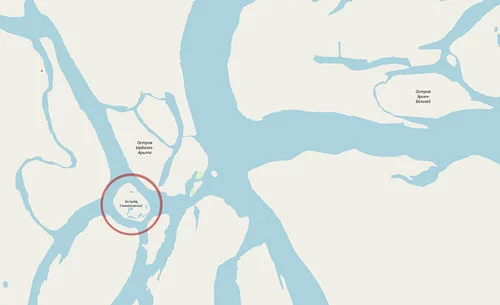
Traces of the Kellwasser event, which occurred about 374 million years ago, were found at the research station “Samoilovsky Island” in the Lena River Delta
Specialists of the Institute of Oil and Gas Geology and Geophysics (INGG) of the Siberian Branch of the Russian Academy of Sciences in the course of work at the station Samoylovsky Island in the delta of the Lena River found traces of the Kellwasser event – it occurred about 374 million years ago and led to the mass extinction of life on Earth. As deputy director of INGG SB RAS on scientific work Nikolai Sennikov told journalists on Wednesday, earlier such manifestations were found only in Germany and Morocco.
“The Kellwasser event is the second largest extinction of living organisms on Earth, not associated with glaciation. It occurred in the Upper Devonian [about 374 million years ago]. We found sediments of this period, represented in classical form by thin black shales. Such manifestations were found only in Germany and Morocco”, – said Sennikov.
He added that at that time the territory where the Samoilovsky Island was located was located close to the equator. Now scientists in detail study the selected samples, investigate their isotope composition for more accurate dating.
The research station “Samoilovsky Island” is open in the delta of the Lena River in 2013. Within the framework of the Russian-German project, geology, biology and ecology of the Arctic are being studied. The station is staffed by specialists from the institutes of the Siberian Branch of the Russian Academy of Sciences and the German Institute of Polar and Marine Research. Alfred Wegener.
Translation: Google
Source: TASS









